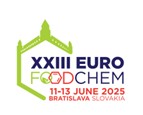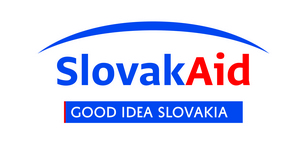Vedecký časopis - archív
Journal of Food and Nutrition Research
Súhrny čísla 1 / 2008
PAVLOVIČOVÁ, D. – ŠALGOVIČOVÁ, D.
Dietary intake of arsenic in the Slovak Republic
Journal of Food and Nutrition Research, 47, 2008, č. 1, s. 6-17
Daniela Pavlovičová, VÚP Food Research Institute, Department of Risk Assessment and Food Composition Databases, Priemyselná 4, SK – 824 75 Bratislava 26, Slovakia. Tel.: +421 2 50237115, e-mail: pavlovicova@vup.sk
Súhrn: The aim of this study was to evaluate arsenic contents in food commodities and its intake via the dietary pathway in the Slovak Republic. The estimated daily doses of arsenic ingested via food and beverages were based on arsenic findings in analysed commodities and the respective data on consumption, and were calculated for an average inhabitant and for children of various age groups. For the survey, analytical findings in the total of 68 513 samples of foods and beverages, collected at agricultural holdings, food industry enterprises, the retail network and households were utilized. Two types of consumption models were used: a model based on Household Budget Survey (HBS) and models based on the rational diet. The estimated daily doses of arsenic for an average inhabitant related to body weight (bw) during the evaluated period (1994–2005) ranged between 0.25 µg.kg-1 bw and 0.60 µg.kg-1 bw (HBS-based model, mean findings). As regards children, the most burdened were pre-school children (ages 4–6 years), with daily doses ranging from 0.57 µg.kg-1 bw to 1.16 µg.kg-1 bw. According to data from 2005, the major contribution to dietary intake of arsenic was from fish and fish products. Also, these commodities had the highest findings of arsenic.
Kľúčové slová: arsenic; dietary intake; risk assessment; food; HBS model; rational diet model
Na stiahnutie:
jfnr08-1-p006-017-pavlovicova.pdf (PDF, 461.43 Kb, 1818x)










